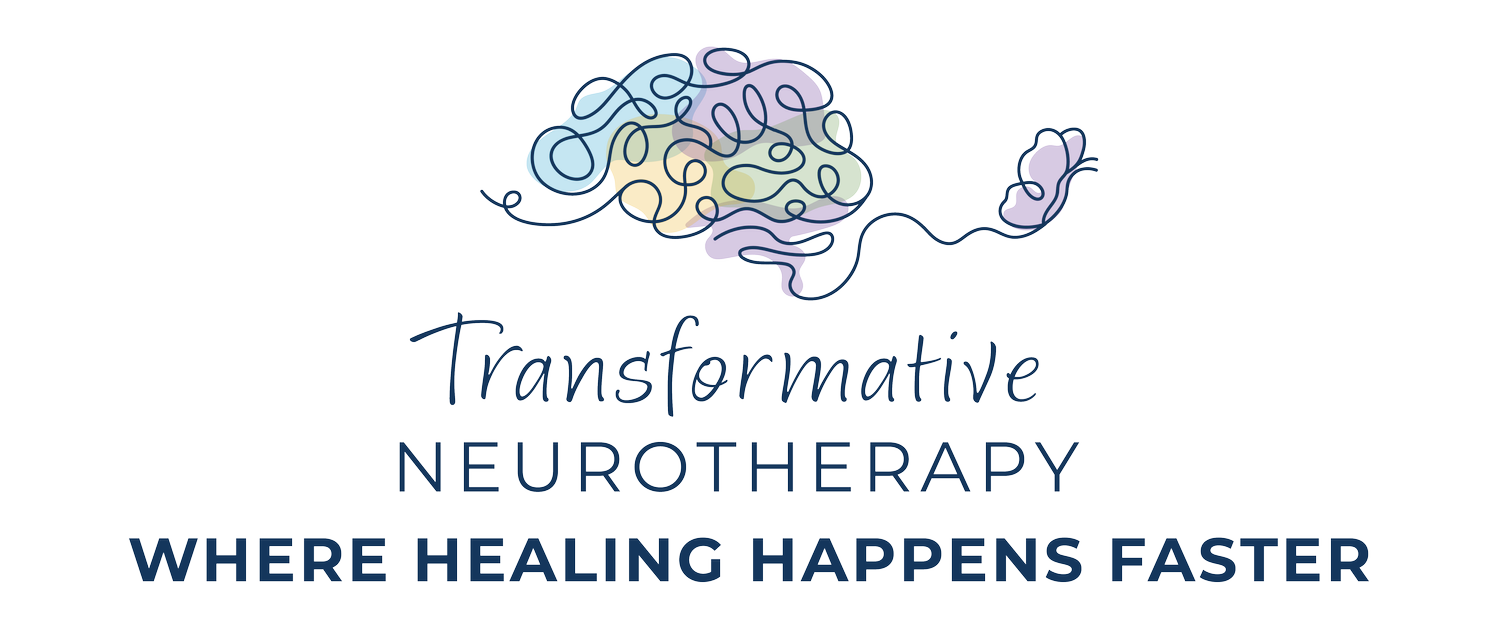STEPHANIE’S STORY: FROM SURVIVAL TO SUNSHINE
Stephanie’s story is shared with our client’s blessing.
Hi, I’m Stephanie, and I want to share a little about my journey of healing — and how neurotherapy has helped me find my way back to myself. For many years, I carried the weight of trauma. It started early, to the point that I don’t remember there ever being a time that felt safe. I’ve lived with complex PTSD and depression for most of my life, and for a long time, it felt like no matter how hard I worked, I couldn’t quite move forward. I often said that “I was never a child.” Of course, I knew that wasn’t literally possible. What I meant was that I couldn’t recall ever feeling childlike—carefree, lighthearted, or innocent. For as long as I could remember, life had been heavy. Always, relentlessly heavy. And in that weight, hope was something I could barely recognize, let alone understand.
For anyone who isn’t familiar, complex PTSD — or C-PTSD — is what happens when trauma isn’t just one event, but something that happens repeatedly, especially in relationships where safety should’ve been a given. For me, it showed up as a constant sense of danger – or hypervigilance – even when everything was fine. My body was always on guard. I’d get triggered easily. I had trouble trusting, resting, or even feeling at peace. That’s the thing about trauma — it trains your brain to survive, not to live. It’s not that you’re broken; it’s that your brain learned to protect you, even when there was no imminent danger.
If you look at brain scans of people with PTSD or complex trauma, you can actually see the effects. The amygdala — the brain’s threat detector — is often overactive, while the prefrontal cortex — the part that helps us regulate emotions and think clearly — tends to be underactive. The brain gets stuck in high alert. Even when life is calm, your body doesn’t believe it. That was me. I could tell myself, “You’re safe now,” but my nervous system just didn’t get the message.
My therapist, Heather, and I tried a lot of things over the years — talk therapy, EMDR, energy work, Internal Family Systems, etc. Each of those helped in meaningful ways. They gave me a voice, insight, and understanding. But the progress was slow. It often felt like I could see the path to healing, but something inside me was stuck — frozen in that old survival state. Then Heather introduced me to neurotherapy. Neurotherapy is a brain balancing treatment that places electrodes on your scalp and sends individually targeted treatments to specific parts of your brain to help it rebalance. It is an experiential exercise where your brain learns how to balance itself by experiencing a more balanced state. It’s completely noninvasive, and you don’t consciously do anything during the session. But over time, your brain starts to recognize what calm feels like, and it learns how to come back to that state more easily.
We combined neurotherapy with my regular sessions — talk therapy, EMDR, parts work — and almost immediately, things started to shift. At first, it was subtle. I could sleep better. My mind felt a little quieter. I wasn’t startled as easily. And then, one day, I noticed something extraordinary: the world looked brighter. Colors seemed more vivid. The air felt lighter. It was as if my nervous system had finally stopped filtering everything through fear. The brain fog of my depression began to lift. I found myself laughing again. I could actually feel joy — not just talk about it, but feel it. It was like my capacity to receive the light around me — and the metaphorical light of hope inside me — had finally expanded.
What I love most about neurotherapy is how it worked with everything else I’d been doing. It didn’t replace my other therapies — it amplified them. It helped my brain become flexible enough to actually integrate all the emotional work I’d been trying to do for years. Healing didn’t stop being work, but it stopped being such a fight. These days, I feel more grounded, more present, and more hopeful than I ever thought possible. Neurotherapy didn’t erase my trauma, but it helped my brain learn that safety — and light — are real.
I still get triggered sometimes. There are still rough days, moments when my body tenses up or I feel hypervigilant for no obvious reason. But even in those moments, I’m not really in survival mode anymore. I’m not struggling to just breathe my way through another day. Now, I can pause. I can ground. I can remind myself that I’m safe, and my body listens. My quality of life is so much better. Most of my days really do feel like sunshine now. And even on the days that don’t, my mind knows those brighter days exist — and that they’ll come back soon. That’s a kind of hope I didn’t used to have.

